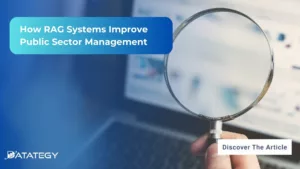How Law Firms Use RAG to Boost Legal Research RAG...
Read MoreFuture Military AI/ML
Military Aircraft Recognition using papAI
Table of Contents
ToggleMilitary aircraft recognition is a crucial aspect of national security, as the ability to quickly and accurately identify incoming aircraft can help prevent hostile actions and protect against potential threats. Artificial intelligence (AI) has the potential to play a significant role in this process, as it can analyze large amounts of data quickly and accurately.
One way that AI can be used for military aircraft recognition is through the use of image and video classification. papAI platform can be trained to recognize specific features of aircraft, such as their shape, size, and markings. This can be done by feeding the platform large amounts of images and videos of different aircraft, along with labels identifying which aircraft is present in each image or video. papAI platform can then use this data to learn how to recognize aircraft based on their visual characteristics.
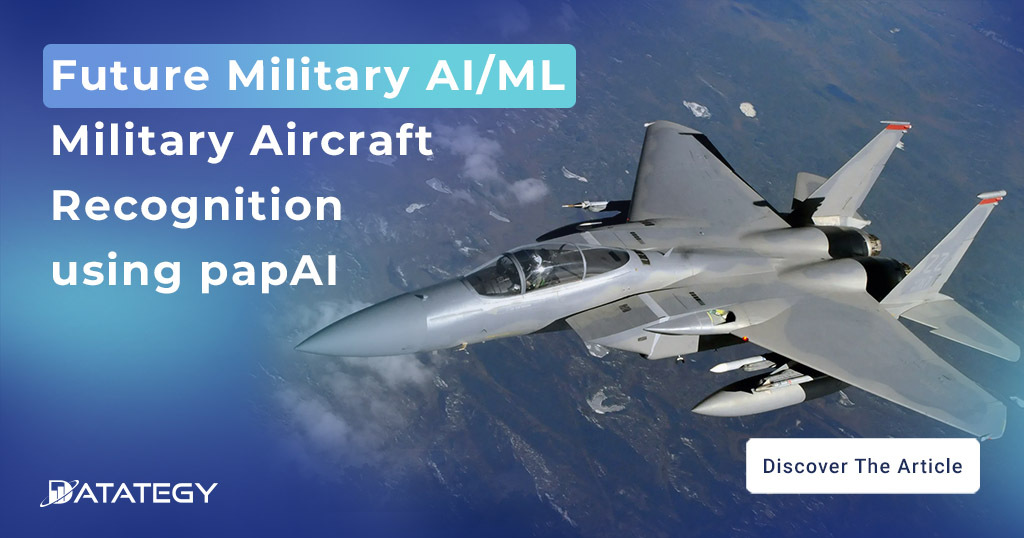
Military Application: Intelligence, Surveillance, and Reconnaissance
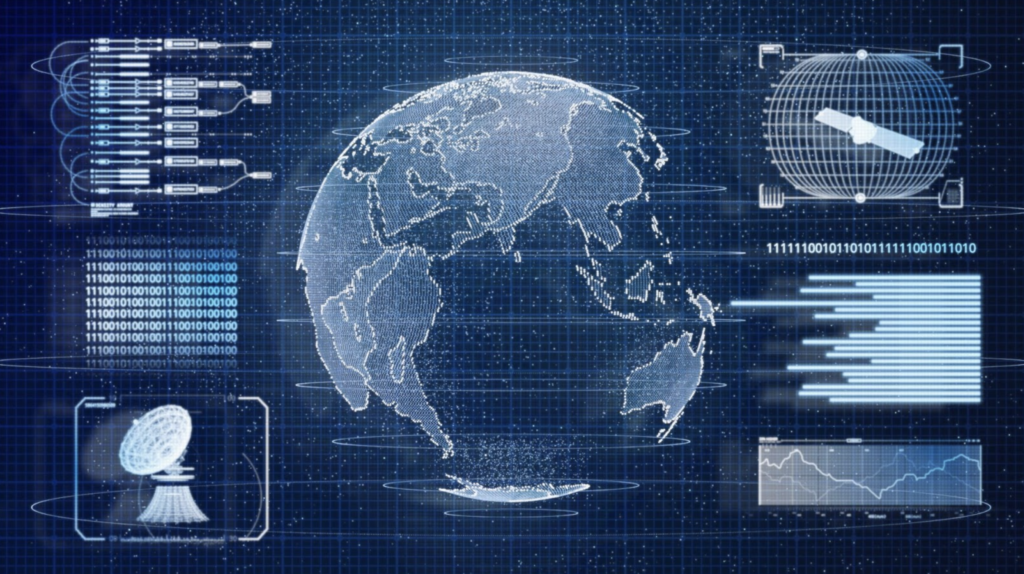
Intelligence, surveillance, and reconnaissance (ISR) are critical aspects of military operations, as they provide the information necessary to plan and execute missions. papAI platform has the potential to greatly enhance the capabilities of ISR systems by providing faster, more accurate, and more efficient analysis of data.
One way that papAI can be used for ISR is through the use of machine learning algorithms for image and video analysis. These algorithms can be trained on large sets of data from various sources, such as satellite imagery, unmanned aerial vehicles (UAVs), and ground-based cameras. By learning to recognize the unique characteristics of different types of objects and activities, the AI system can accurately identify and track targets in real-time.
AI-based systems such as papAI can be developed to cope with adverse situations and dynamic environments. It is possible to improve the performance of ISR-based systems in these scenarios and ensure that they can continue to make accurate and reliable decisions by using techniques such as adversity training, robust optimisation methods, explainable AI and defensive mechanisms.
It is also important to note that papAI has the potential to significantly improve autonomous systems’ capacities for ISR missions, including those of UAVs, which can offer important advantages in terms of speed, endurance, and stealth, the use of autonomous systems for ISR.
Opportunities and challenges of using papAI platform in military aircraft recognition
Analyzing and Interpreting Large Datasets
One of the main benefits of using AI for military aircraft recognition is the ability to process and analyse large amounts of data in real-time. The amount of data that needs to be analysed for the identification of military aircraft is rapidly growing as unmanned aerial vehicles (UAVs) and other cutting-edge aircraft are being used more frequently. To scale up existing techniques of analysis, such as manual analysis of radar data, is getting more and more challenging.
On the other hand, papAI platform is able to accurately processing and analysing large amounts of data. Its allow military personnel to quickly and precisely identify and track aircraft because they can analyse images, videos, and radar data in real-time. When it comes to surveillance and defence operations, for example, this can be especially helpful because it allows for quick and precise aircraft identification.
One example of using papAI platform for military aircraft recognition is the use of computer vision and deep learning techniques. Computer vision algorithms can analyze images or videos of aircrafts and extract features such as shape, size, and color. These features can then be used as input for a deep learning model, such as a convolutional neural network (CNN), to classify the aircraft.
Improving the efficiency of current systems
Using supervised learning is one method for applying AI algorithms from papAI to the recognition of military aircraft. A labelled dataset, which consists of a set of radar data and the corresponding aircraft label, is used to train supervised learning algorithms. By identifying patterns and features in the data, the algorithm learns to map the radar data to the aircraft label. The algorithm can be used to categorise new radar data and recognise the aircraft once it has been trained.
papAI platform can be used, for instance, to analyse radar data and extract features like the radar cross-section, aircraft velocity, and altitude. The accuracy of the system will then be improved by using these features to categorise the aircraft.
Integration of multiple data sources
A remote sensing technique called Lidar, or “light detection and ranging,” uses laser beams to calculate how far away an object is. Using this information, highly accurate 3D models of the aircraft can be made, enabling accurate identification.Another crucial data source for the identification of military aircraft is infrared, or IR, imaging. IR imaging creates an image by using the heat emitted by an object, making it especially helpful for locating aircraft at night or in situations with poor visibility.
By fusing data from these multiple sources, military aircraft recognition systems can achieve a level of accuracy and precision that would not be possible with just one type of data alone. For example, lidar data can be used to create a highly detailed 3D model of the aircraft, while IR imaging can be used to detect the aircraft’s heat signature. Combining these data sources on papAI platform allows the system to identify the aircraft with a high degree of confidence, even in challenging conditions.
Ethical and legal implications
The potential for biases or errors in the system is one of the main ethical issues with using AI to identify military aircraft. In order to learn and make decisions, AI-based systems need a lot of data, and if that data is not representative of the population, the system may be biassed or make mistakes. This could result in the misidentification of aircraft, which might put people in danger or even result in fatalities.The potential for AI-based systems to be used to target specific groups of people based on their ethnicity, religion, or other characteristics is another ethical concern. In addition to having clear policies and regulations in place to govern the use of AI systems, organisations can rely on the high explainability of results offered by papAI platform.
Context
At Datategy, we are confronted daily in various business use cases across multiple industries from Transport to Finance and Healthcare, including Defense department. In this use case, we are focusing on this industry which is in constant development with using top-of-the-line cutting-through technologies that involves a lot of domains from guns and military equipment to vehicles and aircrafts. This also led to the introduction of AI systems into their processes for helping them in decision making or detecting any threats that could replicate into huge consequences. To prevent these effects, we are loading up an AI model able to detect multiple military aircraft types through the papAI platform.
For this use case, we are collecting around 1500 images from 3 different aircrafts :
- Two french models, the Rafale and the Mirage2000.
- One American, the F–16.
Rafale
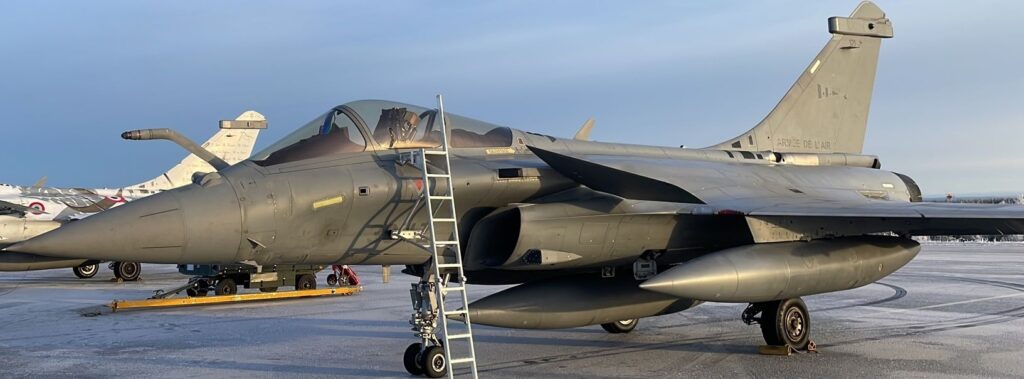
Mirage2000
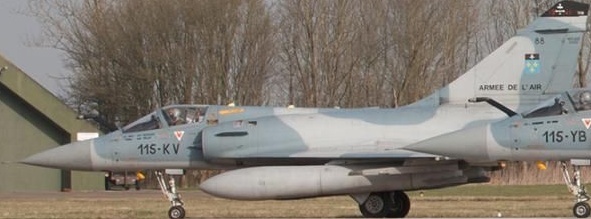
F-16
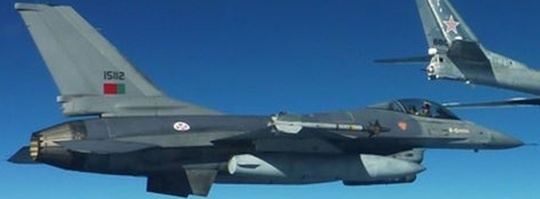
1- Aircraft image import
Before going into the model training, we need to first recover images from each aircraft type. Thanks to papAI, you can import any type of data from multiple sources : from your local machine, from external databases or from APIs and even creating your own dataset from our implemented Python, R or SQL scripts. Here we are introducing buckets to store these images and structure them into folders of each category, necessary for the Labeling step.
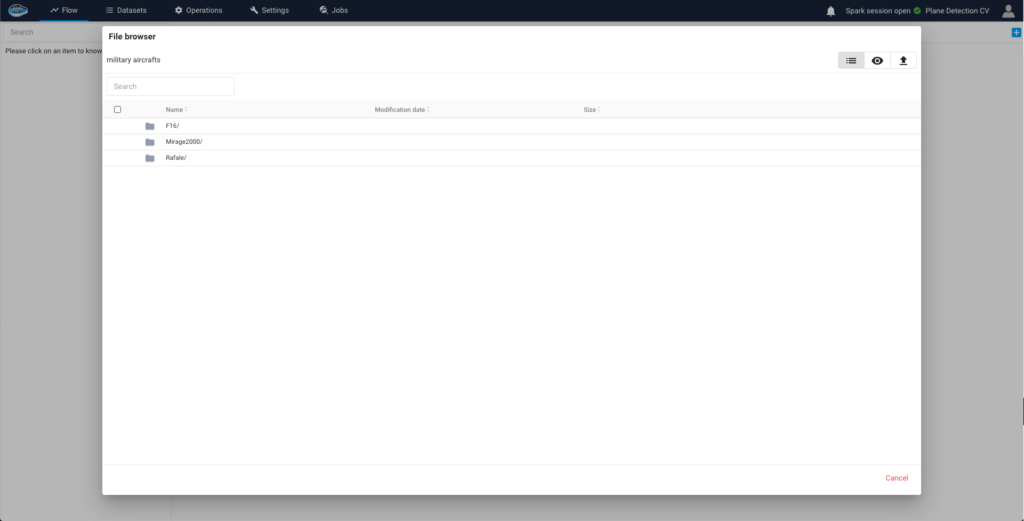
2- Preview the images
After importing your images and sorting them in the right folder, you can check them if needed through the Preview mode in your bucket. Adding to that, there is an option of downloading or deleting one or multiple images to correct your inputs.
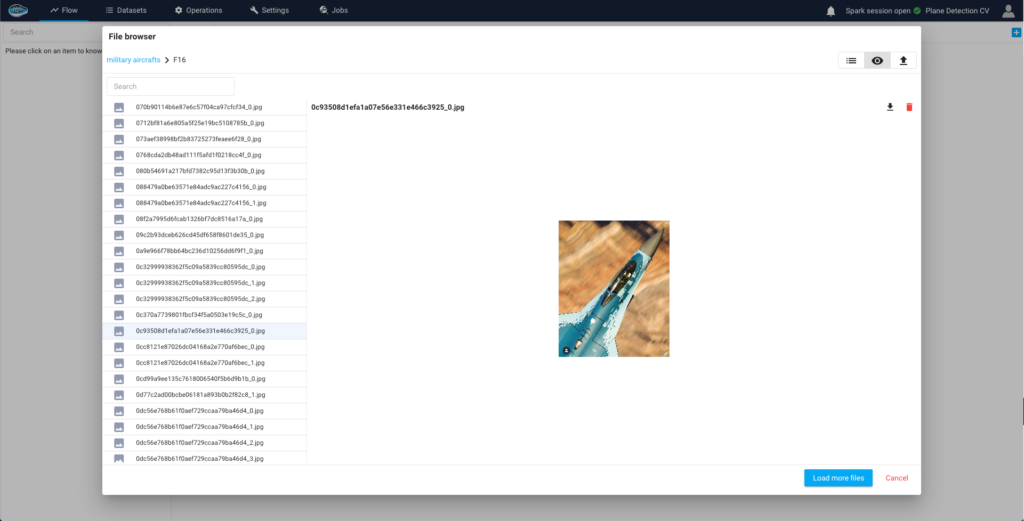
3-Labeling each aircraft image
This step is very important to understand what image corresponds to which aircraft and proceed to the right decision when predicting. Thus through the Labeling step, papAI automatically detects the structure of the bucket with the different folders to correctly label each image which is all collected in an output dataset, ready to be included in the training of your image classification model.
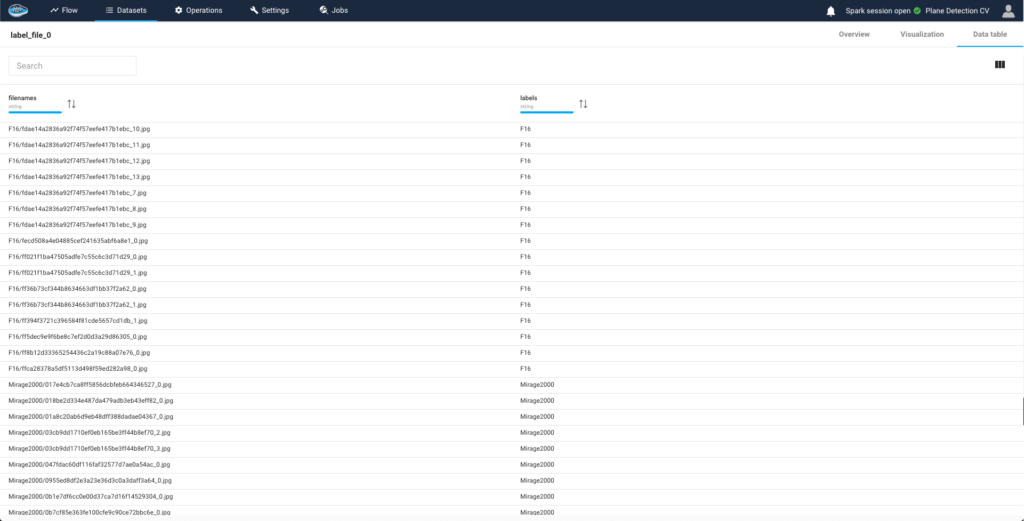
4-Model training
After labeling your images, you are ready for experimenting models able to detect each aircraft. After selecting the dataset and applying the AutoML module, you will be confronted with the Image Classification algorithms such as Resnet along with some settings to tweak and Image Augmentation to help increase the accuracy and robustness of your model.
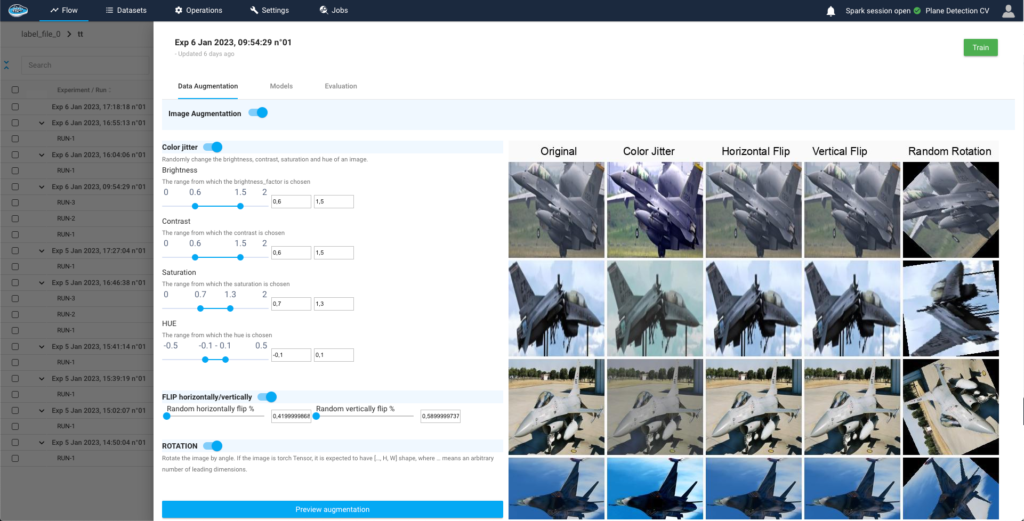
5-Model evaluation
After configuring your model, you are able to look into the Live Metrics to check them in real time by epoch while the model is being trained and when finished, you simply can judge by yourself the performances of your model through the Evaluation module with metrics and graphs such as Loss or Accuracy rate.In this model the accuracy rate is 85%.
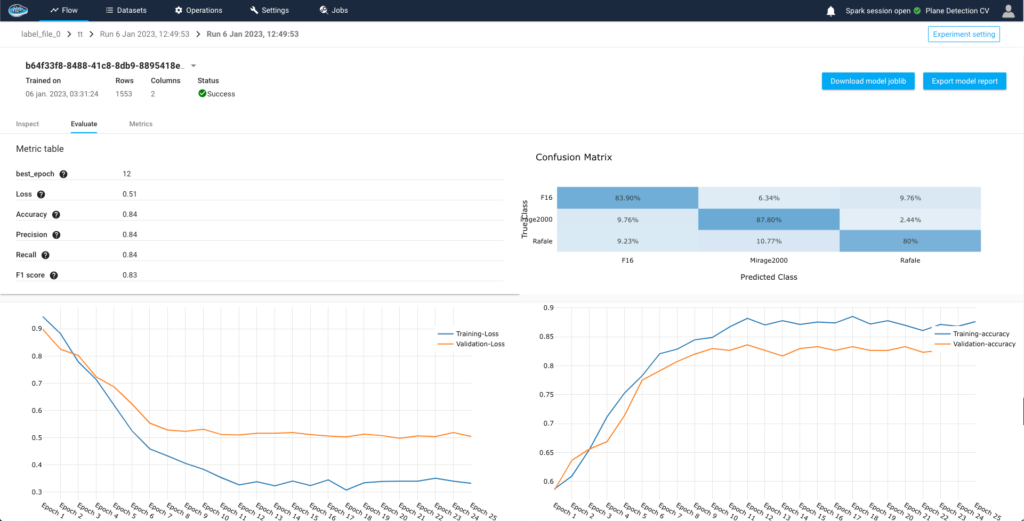
6-Prediction on test dataset
If you are satisfied by the results, you can promote the model to calculate predictions on any dataset or image you import to your project. In our case, we have imported another set of random images containing the three aircraft models and applied the prediction operation. An output dataset is obtained from the operation containing the probability of each aircraft model and the predicted aircraft for each image. You can even go further with a heatmap to explain what parts of the image explains the predicted outcome. In the first picture below we see that the papAI platform has detected with 100% accuracy that the aircraft is an f-16.
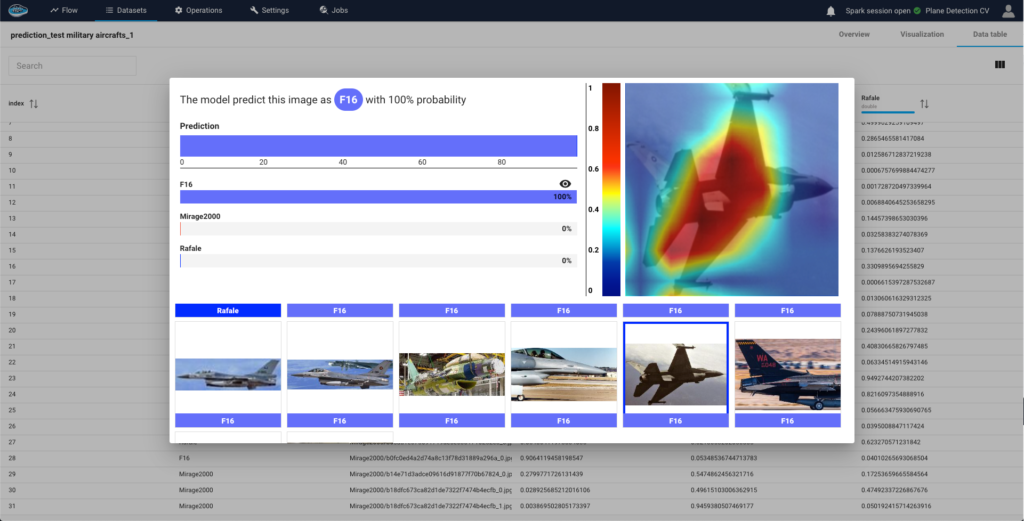
In the second image the platform detects with 98% accuracy a Mirage2000.
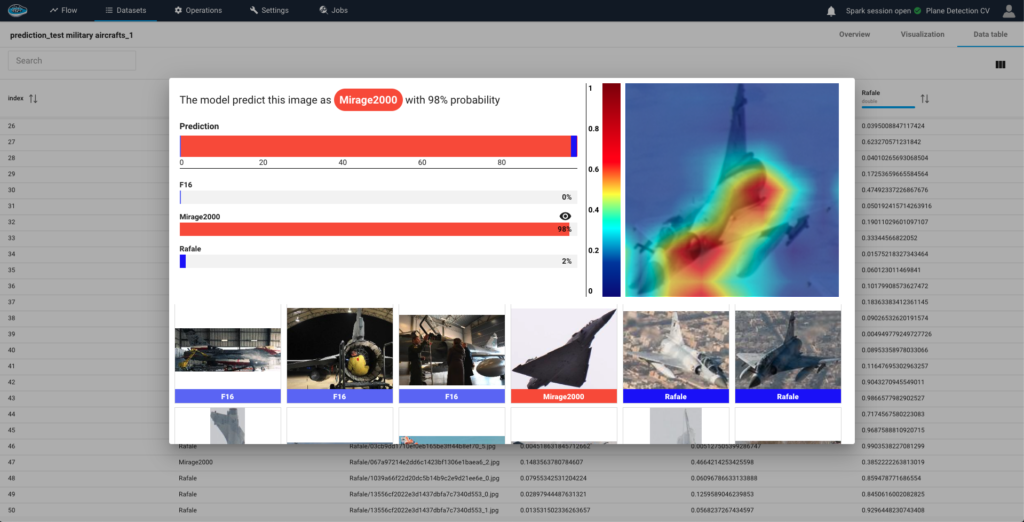
In conclusion, papAI platform has the potential to revolutionise the identification of military aircraft by making it quicker, more precise, and more effective. it can precisely identify aircraft based on their physical and visual characteristics using predictive machine learning algorithms.
One of the key advantages of using AI for military aircraft recognition is the ability to process large amounts of data quickly and accurately, allowing for faster and more efficient identification of aircraft. Additionally, papAI platform can adapt to changing conditions and handle multiple data sources, which can improve the accuracy and flexibility of the system.
Interested in discovering papAI ?
Our commercial team is at your disposal for any question.
How RAG Systems Improve Public Sector Management
How RAG Systems Improve Public Sector Management The most important...
Read MoreScaling RAG Systems in Financial Organizations
Scaling RAG Systems in Financial Organizations Artificial intelligence has emerged...
Read More
